From the June 2023 issue of Apollo. Preview and subscribe here.
When we first encounter Berthe Morisot in the exhibition of her work at the Dulwich Picture Gallery, she is in the middle of something. Her Self Portrait (1885) in oils shows the artist turning from her easel to look not at, but past us. Maybe she is lost in thought about the painting she is working on; maybe about something different. The palette in the crook of her right arm is an almost abstract swirl of thick brushstrokes that matches the dash of reds and browns on her smock. The critic Camille Mauclair wrote in 1903 that Morisot was ‘the most fascinating figure of Impressionism – the one who has stated most precisely the femineity of this luminous and iridescent art’. Like many Impressionist works, her self-portrait suggests movement as much as it captures a moment.
Morisot did not live a long life, dying in 1895 at the age of 54, and spent it in a hurry to make her mark. Her well-to-do parents arranged for the academic painter Geoffroy-Alphonse Chocarne to give the young Morisot and her two sisters drawing lessons. Morisot complained about his teaching, so they replaced him with the more forward-thinking Joseph Guichard. Guichard took Berthe and her elder sister Edma to make copies of works in the Louvre, but Berthe was eager to paint en plein air and persuaded him to arrange lessons with the influential Barbizon painter Jean-Baptiste-Camille Corot. She first exhibited at the Salon de Paris in 1864, at the age of 23. In 1874, she was the only woman included in the first Impressionist exhibition; she missed just one of the group’s subsequent exhibitions, in 1879, shortly after the birth of her daughter Julie.
Organised with the Musée Marmottan Monet in Paris, the exhibition begins by considering the influence of 18th-century artists on Morisot, in light of the broader revival of interest in this period by her contemporaries. Girl on Divan (c. 1885) shows the influence of Fragonard’s portraits of young women; The Fable (1883), which depicts Julie telling a story while a maid sits listening on a bench, recalls Chardin’s paintings of serving girls. Morisot’s subjects and at times her palette do seem indebted to artists of the previous century, but the free and confident brushwork is Impressionist in the ways which so often wound up contemporary critics. ‘With this talent, why does she not take the trouble to finish?’ asked Paul de Charry in 1880.
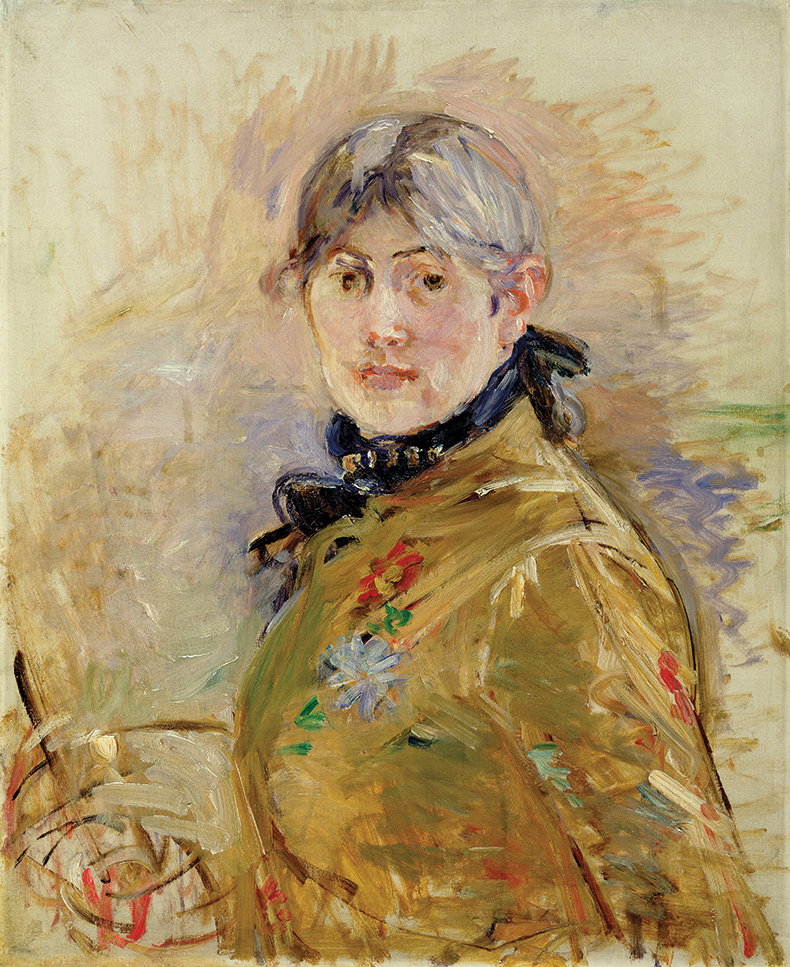
Self-portrait (1885), Berthe Morisot. Photo: © Musée Marmottan Monet, Paris
You could answer De Charry’s question by saying that Morisot was forced to paint in a hurry. As a woman artist, her choice of subjects and professional opportunities were limited. Sisley could wander along the Seine, pausing to record his impression of the bridge at Moret-sur-Loing, but Morisot wasn’t allowed to paint outside without a chaperone. Summer’s Day (c. 1879), which appears early in the exhibition, is a case in point. Two young women sit on a boat in the Bois de Bologne. Flashes and zigzags of greens, blues and whites recur in the park, the water and the boat and express the calm and the brilliance of the morning light as it dances about the scene. Morisot was trying to finish the painting at pace. We know that, to do so, she arrived at the park as early as possible (chaperoned by her husband Eugène Manet, brother of Édouard) to avoid park-goers who would gawp at a woman artist working outdoors.
It was unsurprising that most of her subjects were domestic. Many of the paintings in the final room of the exhibition, titled ‘Morisot’s Circle’, were painted in the home she shared with Eugène on the rue Villejust in Paris. Morisot’s living room doubled as her studio, with a built-in closet to hide her painting materials when she had guests. Her paintings reveal the evanescent beauties of daily life in confident swoops and ruffles of pastel-coloured oils: children playing and climbing trees; friends popping by; people watering plants; women painting.
Morisot worked in the comfortable margins of society. Until recent years, this is where her reputation languished. Despite the dozens of exhibitions in this country devoted to Impressionism, there has been time for Summer’s Day to be both stolen and returned to the Tate since the last exhibition devoted to Morisot, in 1950. She was held in high esteem by her fellow artists, in particular her brother-in-law, Édouard Manet, but even the praise she received from 19th-century critics as a pioneer of Impressionism could be backhanded. Mauclair’s remark about the ‘femineity’ of Impressionist painting was a conscious reference to an article of 1896, in which he had criticised the movement’s apparent emphasis on sensation rather than intellect as making it a ‘feminine art’.
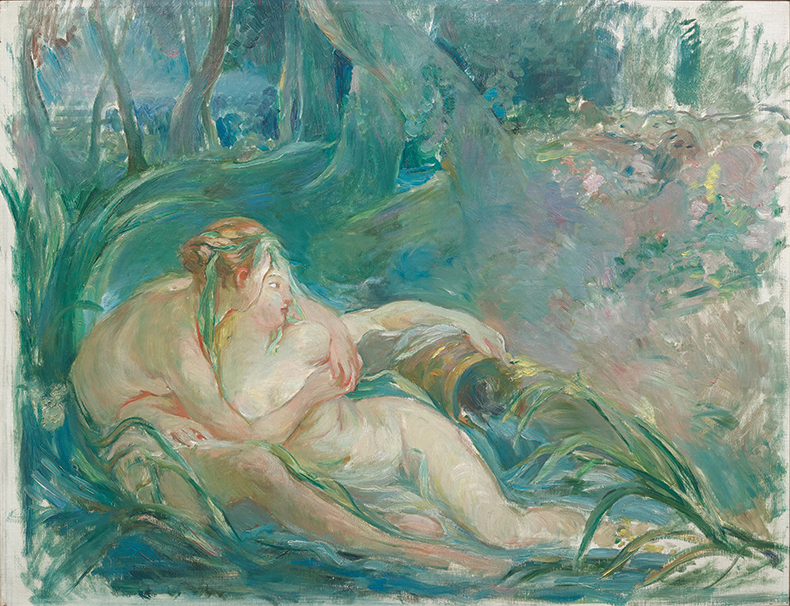
Two Nymphs, from Apollo Revealing His Divinity to the Shepherdess Isse [after Boucher] (1892) Berthe Morisot. Musée Marmottan Monet, Paris
For all the freedom of her brushwork and comfort of her home life, Morisot’s paintings were the product of obsessive thought about the possibilities of figurative art. She took care over their composition, making numerous preparatory sketches. The appearance of hurry was deliberate, an attempt to evoke beauty as we experience it: in fleeting impressions. Her studio may have doubled as her living room, but that also meant that Eugène and Julie’s living room doubled as an artist’s studio. In Eugène Manet on the Isle of Wight (1875), painted on their honeymoon, Eugène seems desperate for her to finish painting. He twists away, eager to get outside and look at the boats he can see from their cottage window.
‘I like either extreme novelty or things of the past,’ Morisot wrote in her notebook. Here we see how she combined the two. Two Nymphs, from Apollo Revealing His Divinity to the Shepherdess Isse (1892) takes its subject from the corner of a classical scene by François Boucher. In the original, the nymphs are looking up at Apollo; by removing them from this context, Morisot ensures that we can’t quite tell where their attention is directed, or what they are thinking. Impressionism wanted to convey the subjective nature of our experience of the physical world. In Two Nymphs, Morisot reminds us that we can never know exactly what it is that other people are in the middle of.
‘Berthe Morisot: Shaping Impression’ is at the Dulwich Picture Gallery, London, until 10 September.
From the June 2023 issue of Apollo. Preview and subscribe here.
Unlimited access from just $16 every 3 months
Subscribe to get unlimited and exclusive access to the top art stories, interviews and exhibition reviews.

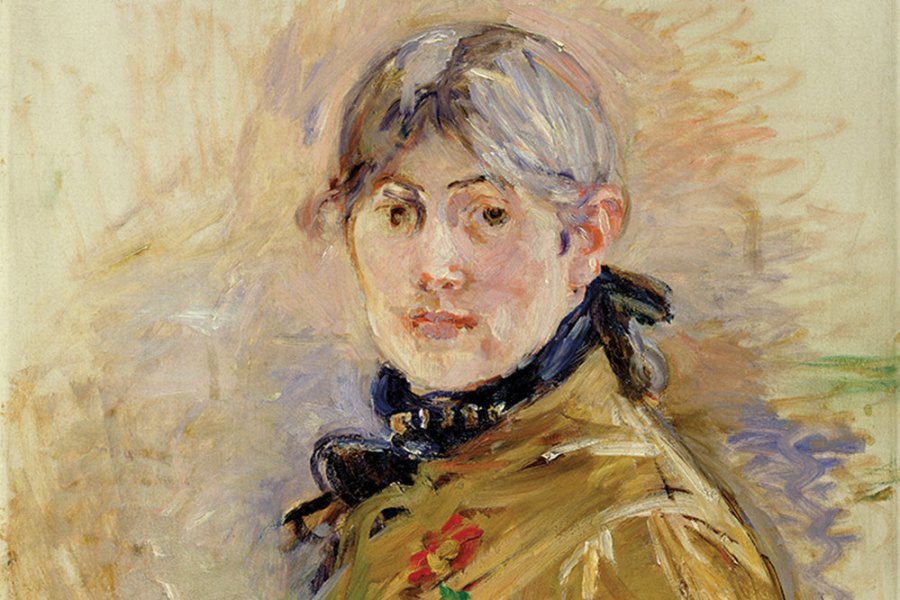
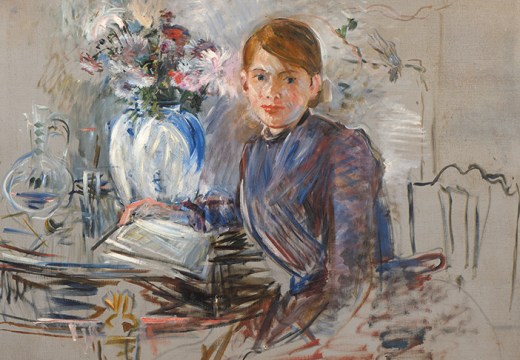
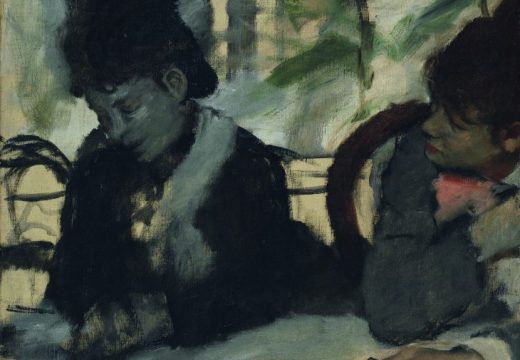
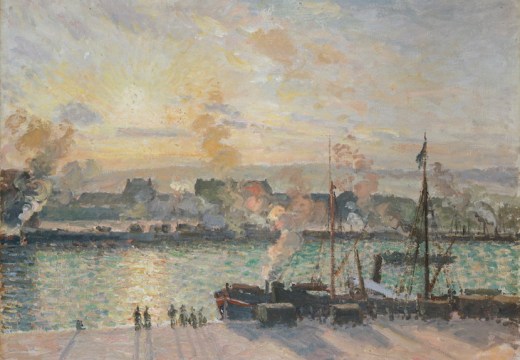








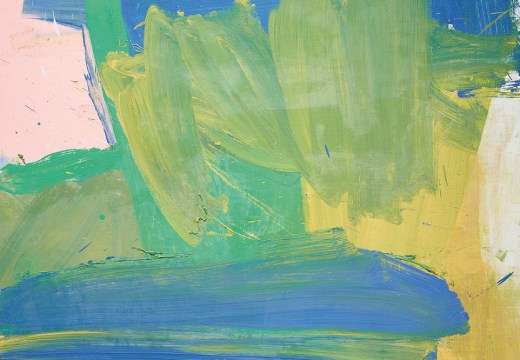
![Masterpiece [Re]discovery 2022. Photo: Ben Fisher Photography, courtesy of Masterpiece London](http://www.apollo-magazine.com/wp-content/uploads/2022/07/MPL2022_4263.jpg)
Why are fathers so absent from art history?